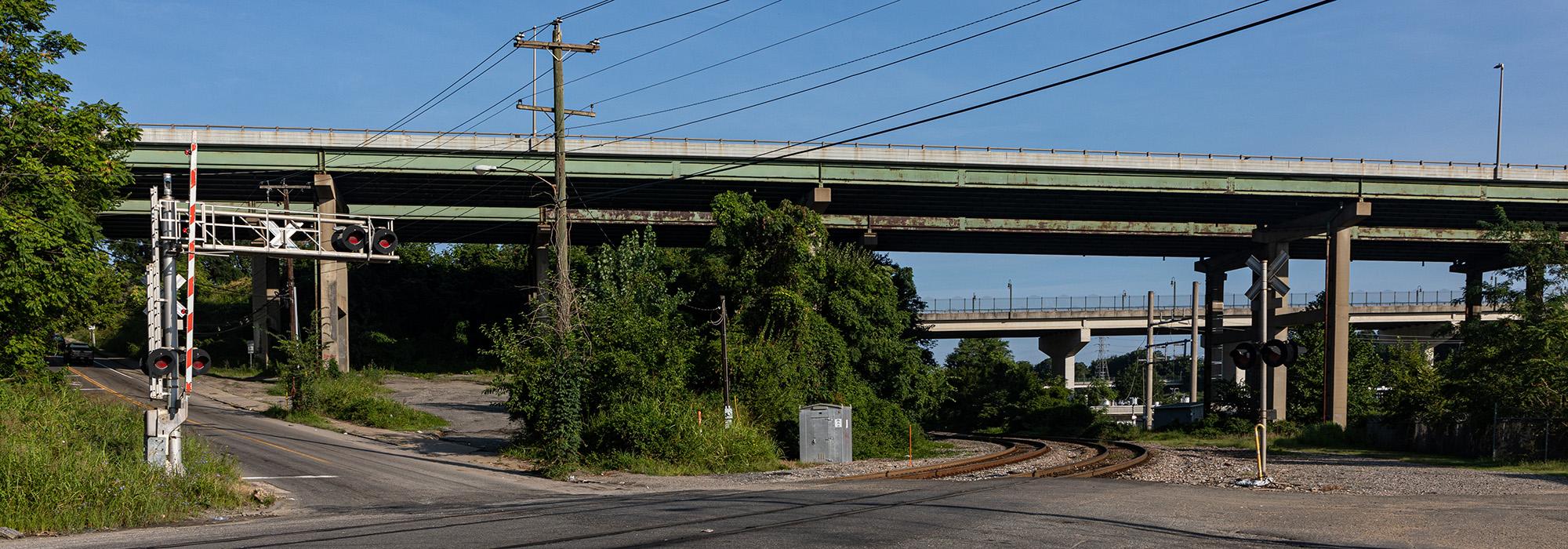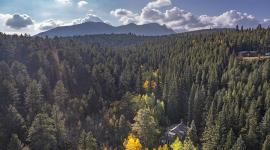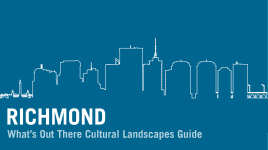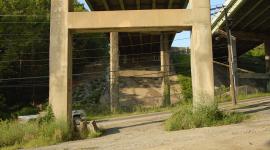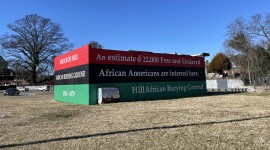It’s Not OK to Put High Speed Rail Lines Through the Shockoe Hill African Burying Ground
Today, Richmond, VA’s Shockoe Hill African Burying Ground, once the nation’s largest burial site for free and enslaved people of color, with more than 22,000 interments, is largely invisible. But if we cannot see it, does that mean it’s not there? How do we place a value on what we cannot see? What can we do as stewards to assess – and redress – sites that have been deliberately erased?
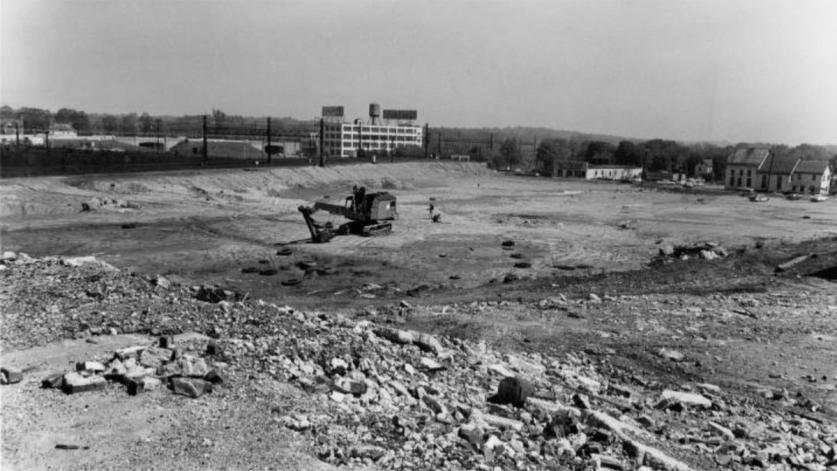
Erasure as a tool for establishing and advancing the dominance of one culture over another has been a tactic of war, colonization, and oppression for most of human history, and it has supported an American narrative for centuries. Consequently, our shared contemporary cultural awareness of free and enslaved African Americans, among other groups, remains largely shaped by a redacted history that obscures the violent destruction of lives, cultural traditions, communities, and other markers of identity, including burial traditions and grave sites.
The Shockoe Hill African Burying Ground, which operated 1816-1879, has been despoiled over the past two centuries by grave robbers who sold cadavers to the University of Virginia and Hampden-Sydney medical schools (the latter is now part of Virginia Commonwealth University), municipal building projects, highway construction, and other depredations. Now plans are advancing to route high speed rails lines linking Richmond with Washington, D.C., the so-called DC2RVA project, through the site’s remnants.
There is a framework designed to avoid, minimize, or mitigate adverse effects on cultural sites, in part through federal level reviews pursuant to Section 106 of the National Historic Preservation Act of 1966, but the process can be protracted, convoluted, and neglectful of sites that have experienced erasure.
Section 106 reviews of the DC2RVA project have been underway since at least October 2014. However, it is only within the past few years that attention has been paid to the Shockoe Hill African Burying Ground and that’s due principally to the persistence of Lenora McQueen, a descendant of Kitty Cary, an enslaved servant of a Richmond family buried there in 1857. Thanks to her rigorous research and advocacy, the site has been nominated as a Virginia Landmark and for listing in the National Register of Historic Places as part of a larger historic district. Despite this momentum, more support for protecting the site is needed.
An important component of the Section 106 review is determining the site’s “integrity,” which is recognized by the Department of the Interior as being comprised of seven key factors: materials, location, setting, design, workmanship, feeling, and association. Traditionally, a heavy value was placed on extant physical fabric, thus giving an advantage to those historic properties that possessed material integrity while also representing human achievements in design that have withstood the test of time. As evidenced throughout our history, time is not the only test facing a historic site, and human achievements are not all gained, perceived, or acknowledged equally. This emphasis on legible materiality creates a condition in which intangible, or otherwise neglected or erased historically significant cultural landscapes and places are overlooked during the designation and preservation processes. A broadening of our lens in the design and historic preservation communities to increase the value placed on “feeling” and “association” to those “invisible” properties that witnessed significant people, events, and cultural lifeways is required.
As the authors of the July 2020 article “Repairing National Register nominations: underrepresented communities and integrity” published by the National Council on Public History, note, ‘the terms “integrity” and “condition” do not mean the same thing. Whether a site is in “good” condition or not is of little consequence for a nomination [to the National Register of Historic Places]. It does not matter if a resource is “attractive” or meets any standard of taste; its ability to convey its significance—to reveal its connection to history—determines primary importance.’ Ms. McQueen has made this very point about the Shockoe Hill African Burying Ground: “Much has happened to this landscape. Its form has been altered. Any and all grave markers were removed from its surface. Deep ravines have been filled, streets have been graded. Its surface has been altered to the point of being unrecognizable as a burial ground. But this distortion has not altered its function. It is still a burial ground.”
Thanks to Ms. McQueen and several subject-area experts, historians, and others, we know more about the Shockoe Hill African Burying Ground than we did even a few years ago. Her advocacy has not only revealed a wealth of historic information, but it has also highlighted the need for much more. For example, we at The Cultural Landscape Foundation have called for the undertaking of a Cultural Affiliation Study, which, “using anthropological, archaeological, ethnohistoric, historic, and other evidence,” could identify ties among past and present groups associated with the site. Ms. McQueen is just one descendant of the 22,000 people interred; there are more Lenora McQueens who have yet to discover their connection with the burying ground.
More broadly, the fate/future of BIPOC cultural landscapes like the Shockoe Hill African Burying Ground, which have been subjected to erasure, hinges on the effectiveness of the administration and enforcement of national policies that protect historic sites and whether those who administer and enforce these policies can withstand the inevitable political pressure. It also hinges on site supporters who must take the initiative, participate at meetings, write letters, and employ other methods to not only advocate for these historic sites but to hold public officials accountable. On a national level, we now have the opportunity -- and obligation -- to expand our understanding of the historic significance and integrity of individual sites and their treatment, and of BIPOC cultural landscapes in general. By piecing these sites back together, as landscape architect Walter Hood has observed, we can “understand the true history of this country.”



